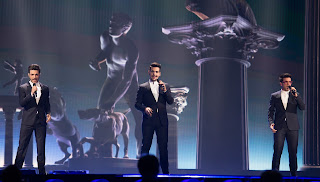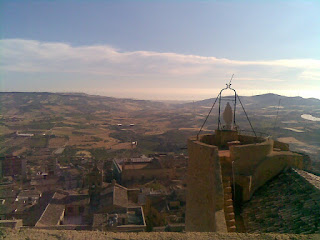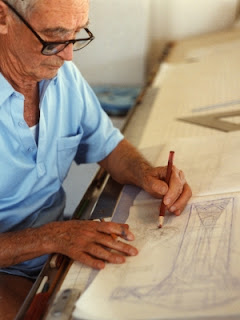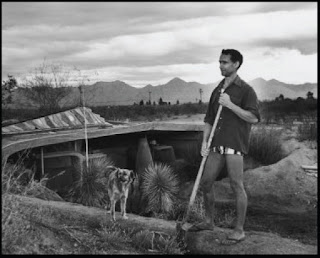Young tenor found fame on TV talent show
 |
| Piero Barone, one of the stars of the group Il Volo |
Piero Barone, one of the three singers who make up the
Italian opera and pop group, Il Volo, was born on this day in 1993 in Naro, a town in the
province of Agrigento in Sicily.
Il Volo hit the headlines after winning the Sanremo Music
Festival in 2015. They came third when they represented Italy in the Eurovision
Song Contest with their hit Grande Amore later that year in Austria and have since acquired growing popularity world wide.
In 2016, the group, together with tenor Placido Domingo,
released Notte Magica – A Tribute to the Three Tenors, a live album featuring
many of the songs performed by the Three Tenors (Domingo, Luciano Pavarotti and Jose Carreras) for their iconic concert held at the Baths of Caracalla in Rome on the eve of the Italia ’90 World Cup.
Piero’s father, Gaetano Barone, is a mechanic and his
mother, Eleonora Ognibene, a housewife.
His musical talent was discovered by his grandfather,
Pietro Ognibene, when he was just five years of age. Pietro was a blind
musician who had written a song in Sicilian and when Piero sang it for him he
was amazed by his voice.
The family helped Piero develop his talent and his
grandfather paid for him to have piano lessons. Piero sang at school and in the church choir and even earned
money as a wedding singer.
 |
| Il Volo performing at the Eurovision Song Contest in 2015 |
Considered a spinto tenor, a singer who easily reaches high
notes but has elements of a baritone, Piero’s voice is powerful and he can
sustain notes for a long while.
He had professional singing tuition while he was growing up
and won a number of singing festivals in Italy. When he took part in the TV talent show, Ti Lascio Una
Canzone, in 2009 he met fellow contestants Ignazio Boschetto and Gianluca
Ginoble, with whom he would later form the group, Il Volo.
On the show, Piero sang with them for the first time in a
rendition of the famous Neapolitan song, O’ Sole Mio.
Il Volo describe their music as ‘popera’ and sing at venues
all over Italy and abroad. They have so far released five CDs, which have been hits
all over the world.
Grande Amore was part of an album issued as L'amore si muove - Love moves - in Italy, which reached number one in the Italian album charts.
 |
| The view over Naro from the medieval castle |
Travel tip:
Naro in Sicily, where Piero Barone was born, dates back to
Roman times and the remains of catacombs and villas have been found there. The
town has a medieval castle, the ruins of a Norman Church and several Baroque
buildings. It is famous for the festival held on 18 June every year to remember
the patron saint, San Calogero, when a statue of the saint is carried through
the streets in a procession. The composer, Achille Campisiano, was born in the
town in 1837.
 |
| Piazza Santa Croce is one of the most famous squares in Florence |
Travel tip:
Il Volo’s album, Notte Magico – A Tribute to the Three
Tenors, was recorded at a live concert held on July 1, 2016 in Piazza Santa
Croce in Florence accompanied by the orchestra of the Teatro Massimo di
Palermo. The tenor, Placido Domingo, conducted the orchestra for eight pieces
and joined with Il Volo to sing Non ti scordar di me. Set in one of the most
famous squares in Florence, the concert took place against the backdrop of the
13th century church of Santa Croce, which contains the tombs of many
illustrious Florentines, including Michelangelo and Galileo.












